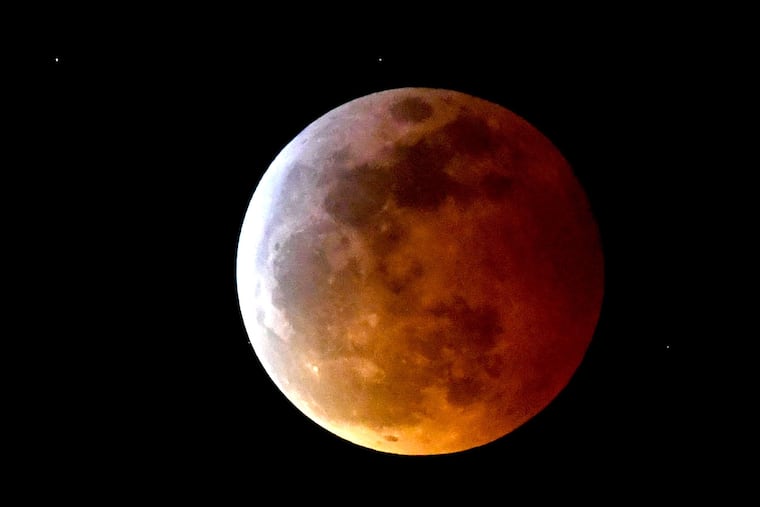A rare, long-duration lunar eclipse is happening early Friday, if you’re up for it
The sun, earth, and moon will be nearly perfectly aligned in such a way that earth’s shadow will cover nearly the entire moon for several hours.

The sun, earth, and moon will be nearly perfectly aligned in such a way that earth’s shadow will cover nearly the entire moon for several hours.
